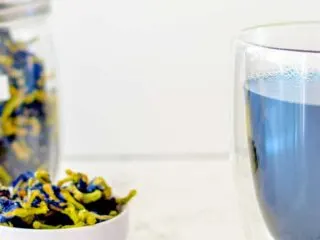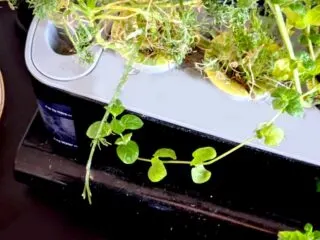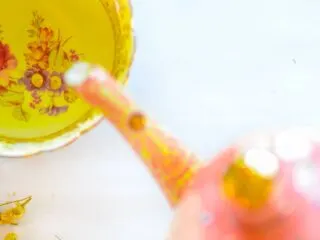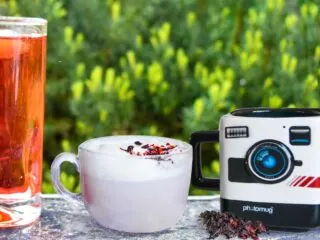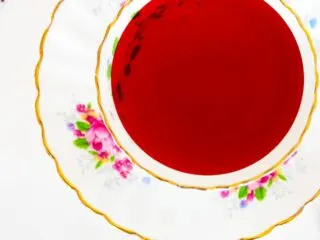A tea that looks like windex and smells like vegetables… why in the world are people going crazy over butterfly pea flower tea!? Butterfly pea flower tea has been the talk of the town for its shocking blue colour once steeped. But as it turns out, the colour isn’t the only shocking factor about this tea! There …
Floral tea
I’ve grown chamomile, lavender, mint, and lemon balm in my AeroGarden and made delicious tea. There’s nothing better than steeping fresh leaves. The AeroGarden is quite convenient for anyone in an apartment or with limited sun. But, that doesn’t mean that it doesn’t come without some downfalls too.
The benefits of chamomile tea seem to be somewhat unlimited. Honestly, it seems like it can do it all, it’s been used for almost everything from sleep, inflammation, anxiety … you name it!
With my all-natural recipes, you can enjoy hibiscus tea as both an iced tea in the summer and as a way to warm up and get cozy in the winter. You can even make it into a latte or a punch for your end-of-summer family barbecue.
Hibiscus is a flowering plant from the mallow family, found in tropical climates around the world. The flower, and sometimes its leaves, are dried out to use for tea. People have been drinking hibiscus tea for centuries for its beneficial properties.
But the herb doesn’t affect everyone the same way. In addition to the benefits, there are several risks to be aware of. What can be a benefit to some, is actually a risk for others.

